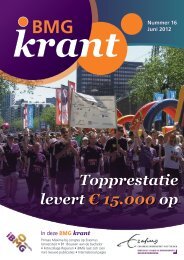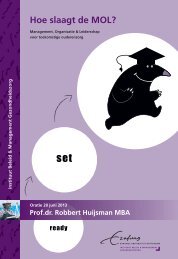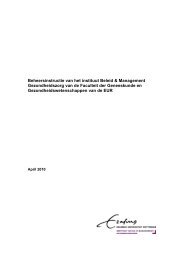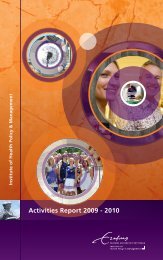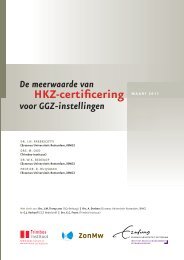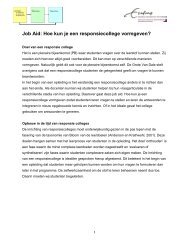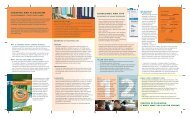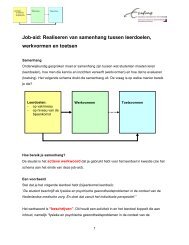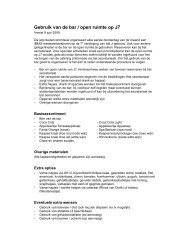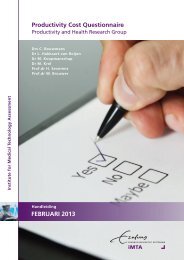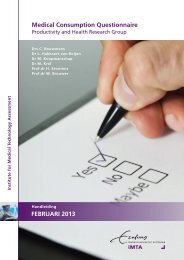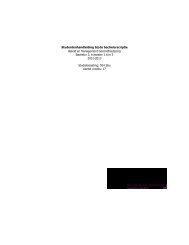Marten J. Poley - Erasmus Universiteit Rotterdam
Marten J. Poley - Erasmus Universiteit Rotterdam
Marten J. Poley - Erasmus Universiteit Rotterdam
- No tags were found...
Create successful ePaper yourself
Turn your PDF publications into a flip-book with our unique Google optimized e-Paper software.
98Chapter 6children with a disability are more likely to give positive or neutral answers thannegative ones in response to questions about HRQoL. 37The EQ-5D was the instrument of choice. Among its advantages are that it is ashort questionnaire easily understood by the responders and that it is suitable formail administration. Another advantage is that it includes all basic domains ofhealth, both psychological and physical. So far, many studies have mainly focusedon psychological health. Studies of the physical health effects are less conclusivebut suggest increased physical vulnerability, especially when the care recipient isphysically disabled. 38-40 Thus, it is desirable to adhere to a broadly-defined HRQoLmeasure, without eliminating any domains in advance. The impact of caregivingmay be underestimated when research restricts its scope to a unidimensionalhealth outcome. Moreover, the EQ-5D, comprising the EQ-5D descriptive systemand the EQ-VAS, has proven a reasonably valid instrument, also in patientssuffering from health problems that mainly affect specific dimensions ofhealth. 29,41-43 Thus, we consider it unlikely that the EQ-5D does not capturecaregiving effects. Nevertheless, complement HRQoL studies are needed toconfirm the implications of this exploratory analysis. Finally, we are consciousthat even caring for a healthy child could disrupt HRQoL. Ideally, therefore, theEQ-5D reference values are derived from parents with healthy children, not thegeneral population. Such data, however, were not available.The most important predictors of HRQoL differences between the parents and thegeneral population were type of anomaly (i.e., ARM or CDH), symptom score,income, and the child's HRQoL as assessed by the parent on the EQ-VAS. Thiscorresponds with previous studies—albeit in other settings—that suggested thatdisease characteristics of the care recipient and income are important factors inexplaining the health consequences of caregiving. 26,44-46 Several other studiesfound, however, that disease characteristics such as disease severity and level ofimpairment were not significantly associated with caregivers' health. 36,47-49Remarkably, variables concerning the amount of caregiving tasks or abandonedactivities did not belong to the most important predictors. This findingcorroborates other studies that also found that the duration of caregiving did notnegatively relate to caregiver's health. 45,48 A possible explanation is that thecaregivers who were most intensely involved in caregiving had more opportunityto learn to cope and adjust. The fact that the child's age did not have a significantinfluence may have to do with the fact that opposite effects are related to age. Onthe one hand, the first years after birth are associated with many caregiving taskswhile the parents are relatively inexperienced in their job. On the other handhowever, the contrast to what is 'normal' becomes more apparent when the childis older. For example, functional problems such as incontinence may becomemore problematic when the child starts school. This cross-sectional study couldnot provide evidence of causal relationships between caregiving and time elapsedsince the child's birth.





